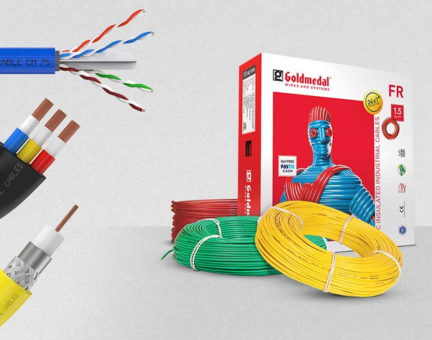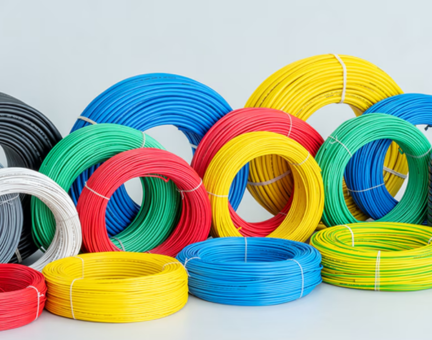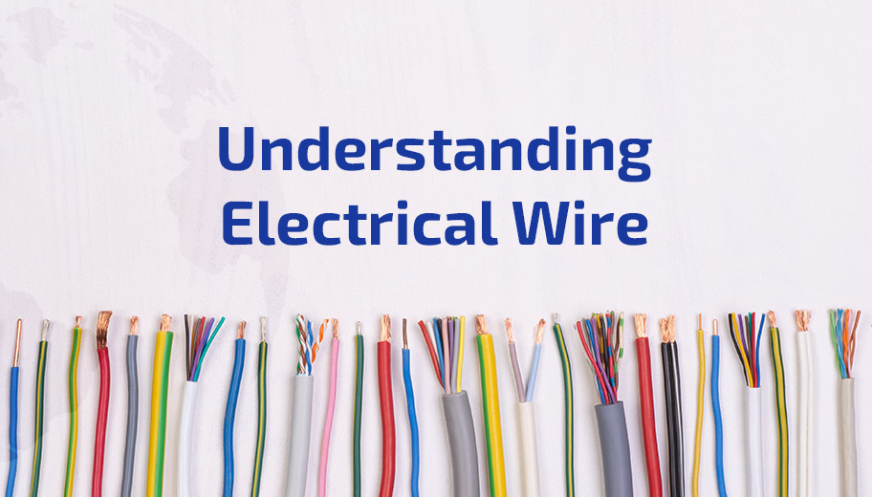Understanding Cable Types: Choosing the Right Wire for Your Project
When embarking on a project that requires wiring, understanding the different types of cables available is crucial to making informed decisions. The right choice of wire can significantly impact the safety, efficiency, and overall performance of your electrical systems. With various options on the market, it’s essential to consider factors such as the application, environment, and specific electrical requirements before selecting a cable.One of the most common cable types is the non-metallic sheathed cable (often referred to as NM cable). This type is widely used in residential applications, as it is designed for indoor use and is easy to install. NM cable consists of two or more insulated conductors and a bare ground wire, all encased in a flexible plastic sheath. It’s typically used for lighting, outlets, and appliances. However, it’s essential to note that NM cable should not be used in damp or wet locations, making it unsuitable for outdoor applications. Understanding the specific requirements of your project will help determine if NM cable is the right choice.
I recently used 999 Cables for my home renovation, and I couldn’t be happier! Their wires are of excellent quality, making my project safe and efficient. The team was knowledgeable and supportive throughout the process. I highly recommend them!
Rohan Gupta
Another popular option is armored cable (often called AC or BX cable). This type of cable features a metal sheath that provides extra protection against physical damage and is ideal for use in industrial settings or areas where cables are exposed to potential harm. Armored cable is also suitable for indoor and outdoor applications, making it versatile for various projects. The metal sheath helps to shield the conductors from interference, ensuring a stable electrical supply. However, installation can be more complicated due to its rigidity, requiring specialized tools and knowledge.For outdoor applications, direct burial cable is often the best choice. This type of cable is specifically designed to withstand harsh environmental conditions and is rated for direct burial in the ground. Direct burial cable usually has an insulated jacket made from durable materials that protect it from moisture, soil, and UV radiation. It is commonly used for outdoor lighting, irrigation systems, and underground electrical services. Selecting direct burial cable for outdoor installations helps ensure longevity and reliability, mitigating the risk of damage due to environmental factors.


When considering cables for high-power applications, THHN (Thermoplastic High Heat-resistant Nylon-coated) wire is an excellent option. This type of wire is used primarily in commercial and industrial settings and is designed to handle high-voltage applications. THHN wire is resistant to heat, moisture, and chemicals, making it suitable for a wide range of environments. Its versatility allows it to be used in conduit systems, making it ideal for both indoor and outdoor installations. When selecting THHN wire, it is essential to ensure that the gauge matches the specific electrical load requirements of your project.
For specialized applications, low-voltage cable plays a vital role in various installations. This type of cable is designed for low-voltage systems, such as security alarms, landscape lighting, and telecommunications. Low-voltage cables come in various types, including twisted pair, coaxial, and fiber optic cables, each serving distinct purposes. Twisted pair cables are commonly used for data transmission, while coaxial cables are suitable for video and audio applications. Understanding the specific requirements of your low-voltage system will help determine the appropriate cable type for optimal performance.

